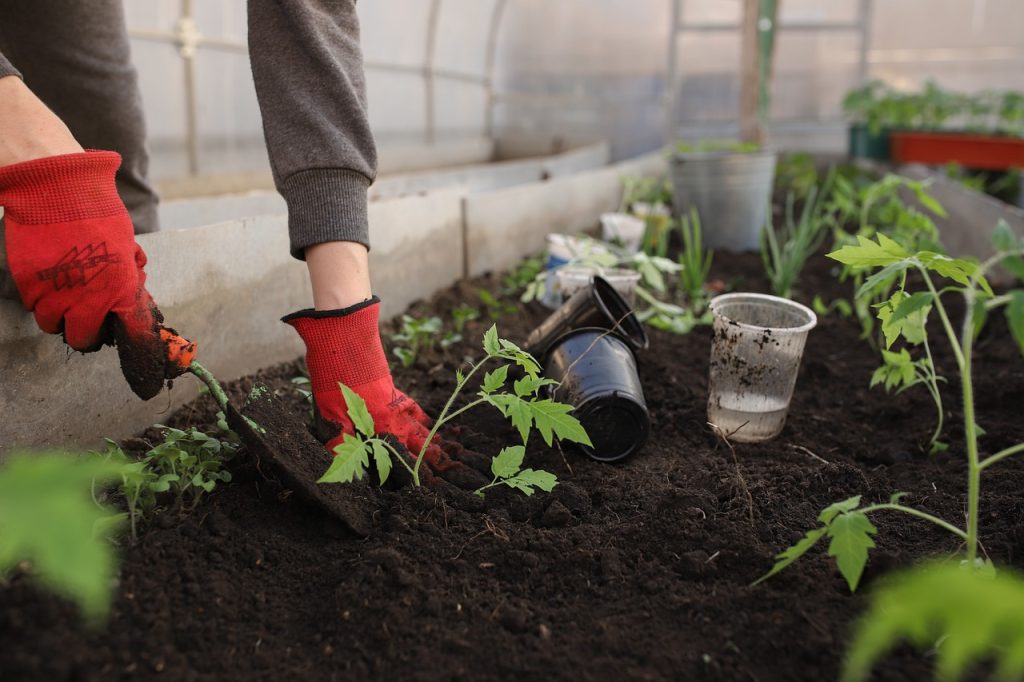Let’s be honest—keeping plants alive can be a struggle. You bring home a lush green beauty, determined to care for it properly, only to watch it wither away after a few weeks of missed watering and forgotten sunlight.
Sound familiar?
If so, don’t worry—you’re not alone. Some of us just don’t have the time (or memory) to baby our plants.
But what if I told you there are plants that thrive on neglect? Yes, you heard that right!
There are indoor plants that thrive on neglect, outdoor plants that thrive on neglect, and even flowers that thrive on neglect—all perfect for people who don’t have the time, energy, or green thumb to care for needy plants.
In this guide, we’ll cover:
✔️ What makes a plant thrive on neglect
✔️ The best indoor plants that thrive on neglect
✔️ The toughest outdoor plants that thrive on neglect
✔️ How to care for these plants with minimal effort
If you’ve ever thought, “I need plants that don’t require attention!”—this article is for you.
What Makes a Plant Thrive on Neglect?
Not all plants require daily watering, pruning, and fertilizing. Some have evolved to survive in harsh environments, meaning they can handle long periods of drought, low light, or poor soil.
These thrive on neglect plants usually share some of these characteristics:
- Drought-tolerant – They store water in their leaves, stems, or roots.
- Slow-growing – They don’t outgrow their space quickly, reducing the need for frequent repotting or pruning.
- Pest-resistant – They don’t attract many bugs, so you won’t need to worry about infestations.
- Adaptable – They can handle changes in light, humidity, and temperature without throwing a fit.
If you’re looking for plants that don’t require attention, keep an eye out for these features!
Best Indoor Plants That Thrive on Neglect
If you want houseplants that thrive on neglect, here are some of the most low-maintenance options that will happily grow with little effort from you.
1 Snake Plant (Sansevieria):
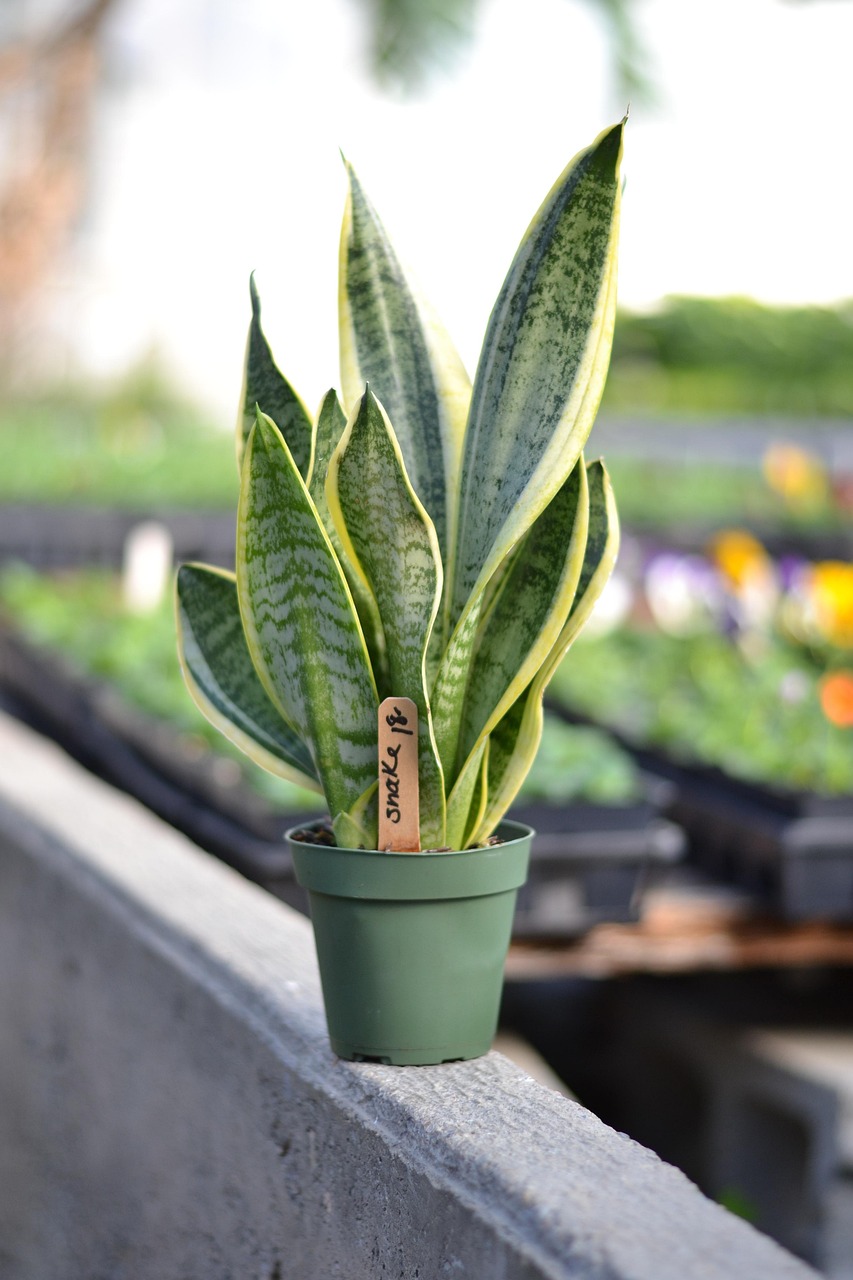
🌿 Why It’s Perfect for Neglect
- Thrives in low light or bright light.
- Can go weeks without water.
- Purifies indoor air.
The snake plant (also called mother-in-law’s tongue) is one of the toughest house plants that thrive on neglect. Even if you forget about it for a month, it will still stand tall with its striking sword-like leaves.
Care Tip: Let the soil dry out completely before watering. Overwatering is the only way to kill it!
2. ZZ Plant (Zamioculcas zamiifolia):
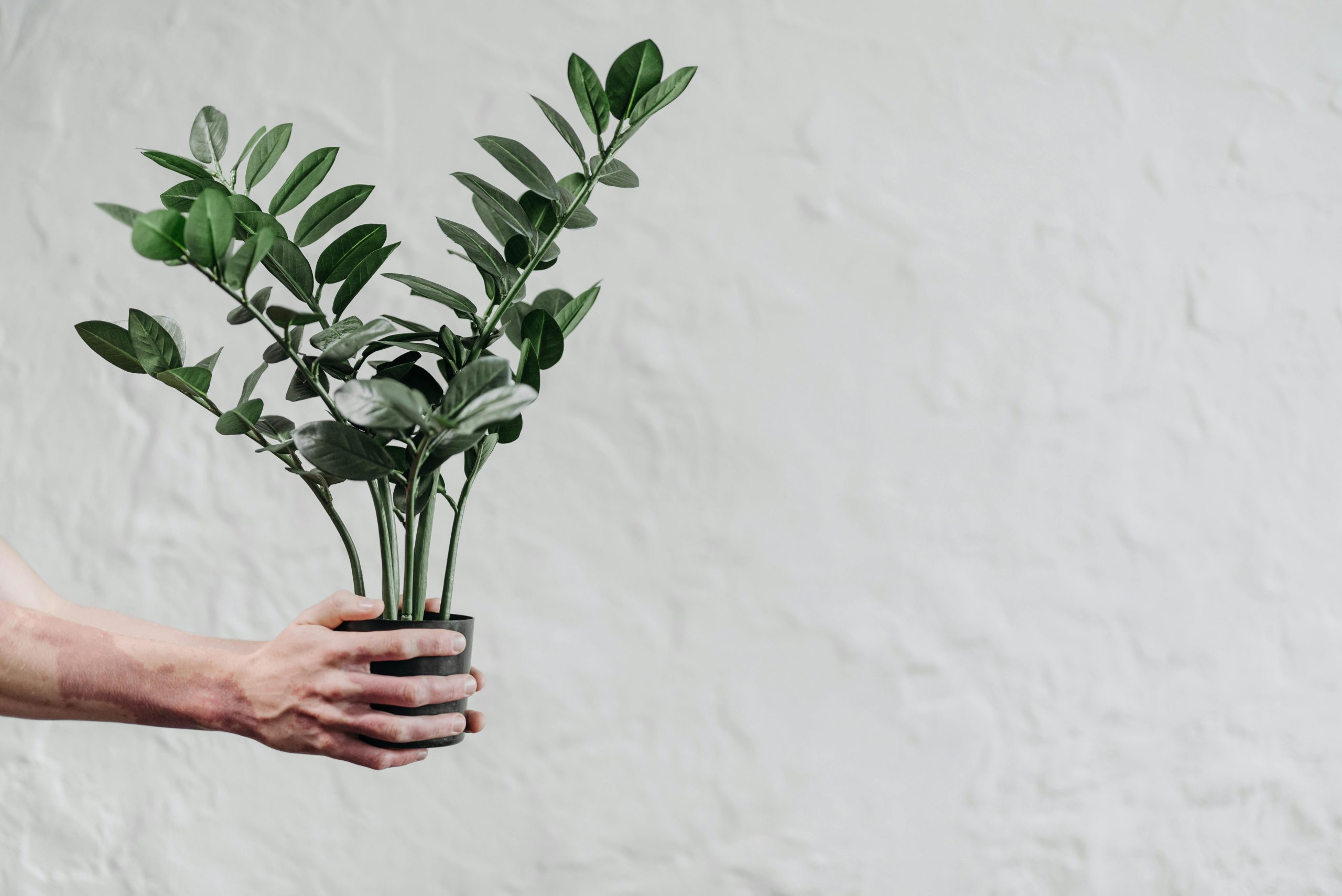
🌿 Why It’s Perfect for Neglect
- Handles low light and drought effortlessly.
- Grows slowly, so no frequent repotting needed.
- Can tolerate some dust and still look amazing.
The ZZ plant is practically unkillable. It grows well in dim corners and only needs watering once every few weeks. If you want a lush green plant without the effort, this one’s for you.
Care Tip: Don’t water too often—it actually prefers dry soil!
3. Pothos (Epipremnum aureum):
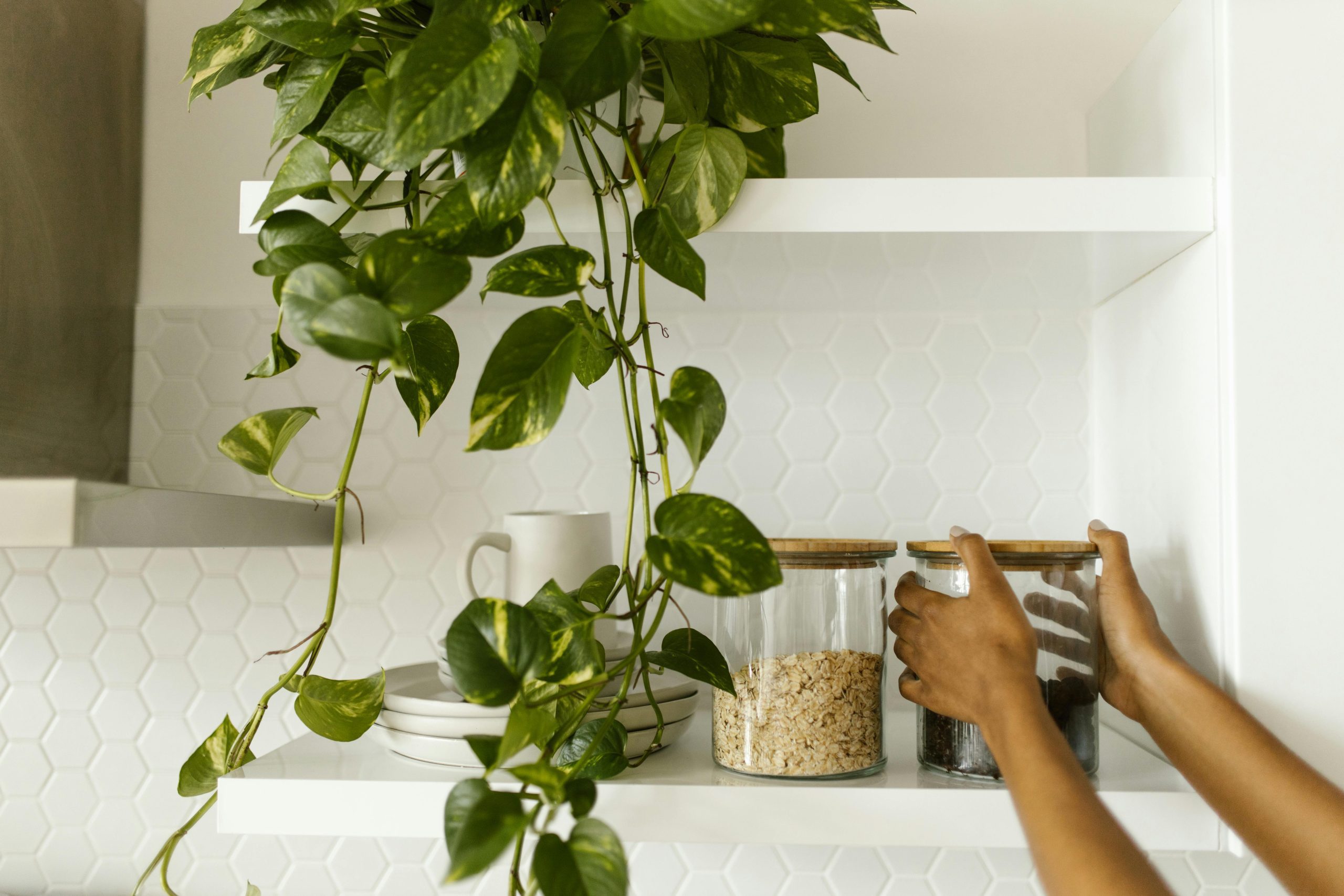
🌿 Why It’s Perfect for Neglect
- Grows in low and bright light.
- Survives irregular watering.
- Can grow in soil or water.
Pothos is one of the most forgiving indoor plants that thrive on neglect. Whether you forget to water it or place it in a dark room, it will still thrive.
Care Tip: If you want bushier growth, trim it occasionally. Otherwise, let it grow into beautiful cascading vines.
4. Cast Iron Plant (Aspidistra elatior):
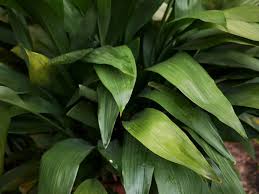
🌿 Why It’s Perfect for Neglect
- Can survive low light, infrequent watering, and poor soil.
- Virtually pest-free.
- Doesn’t mind being ignored.
The cast iron plant is one of the most durable houseplants that thrive on neglect. It’s nearly impossible to kill, making it perfect for beginners.
Care Tip: Keep it out of direct sunlight—too much light can scorch its leaves.
5. Spider Plant (Chlorophytum comosum):
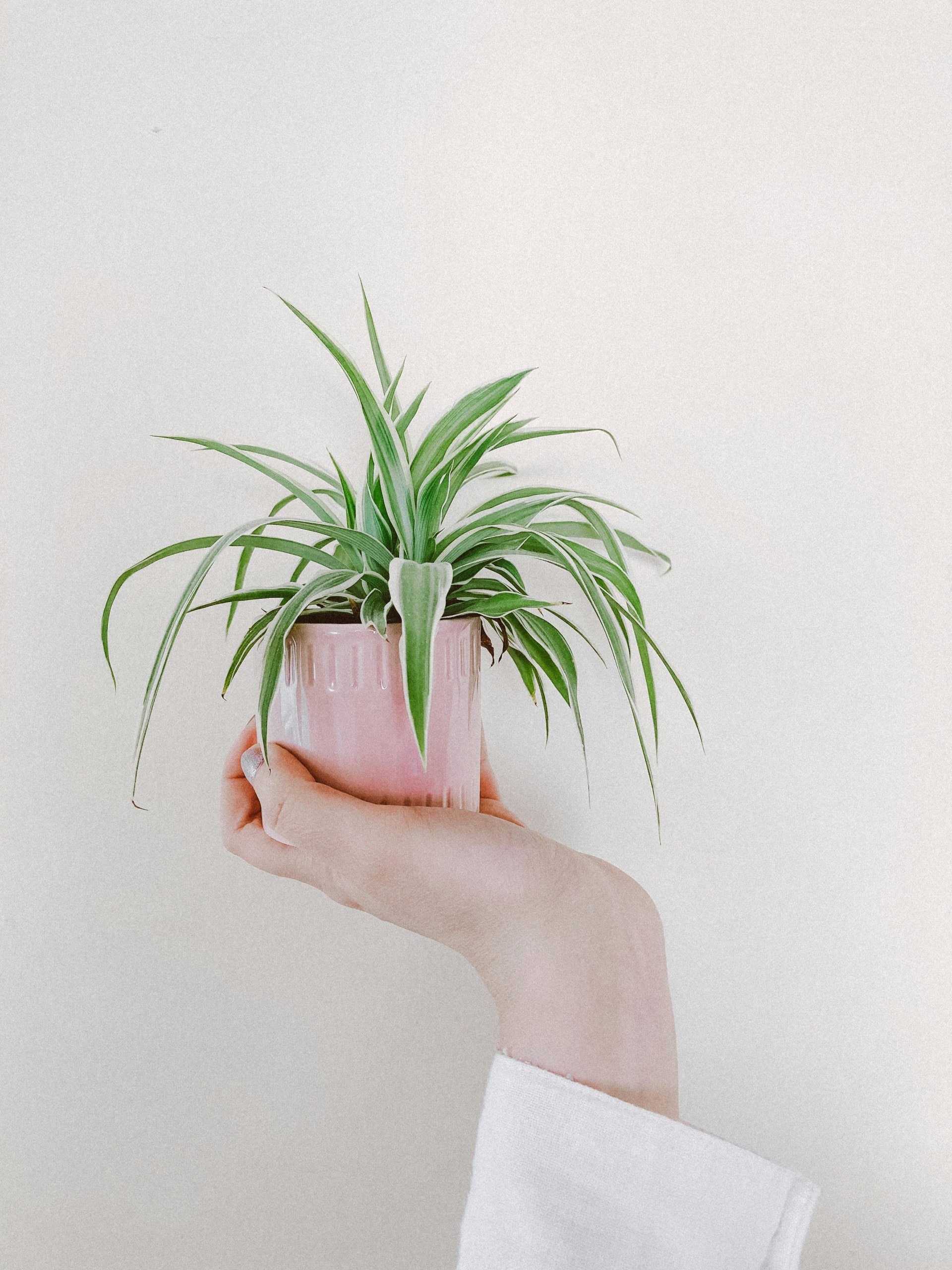
🌿 Why It’s Perfect for Neglect
- Grows in almost any light condition.
- Can survive weeks without watering.
- Produces baby plants (spiderettes) for easy propagation.
The spider plant is a must-have for anyone looking for plants that require little to no attention.
It’s also great at removing toxins from the air, making it an excellent choice for bedrooms and offices.
Care Tip: Water only when the topsoil is dry. If the tips turn brown, it’s usually from overwatering or fluoride in tap water.
Best Outdoor Plants That Thrive on Neglect
Looking for outdoor plants that thrive on neglect? These are perfect for gardens, patios, and balconies where minimal care is needed.
6. Lavender (Lavandula):
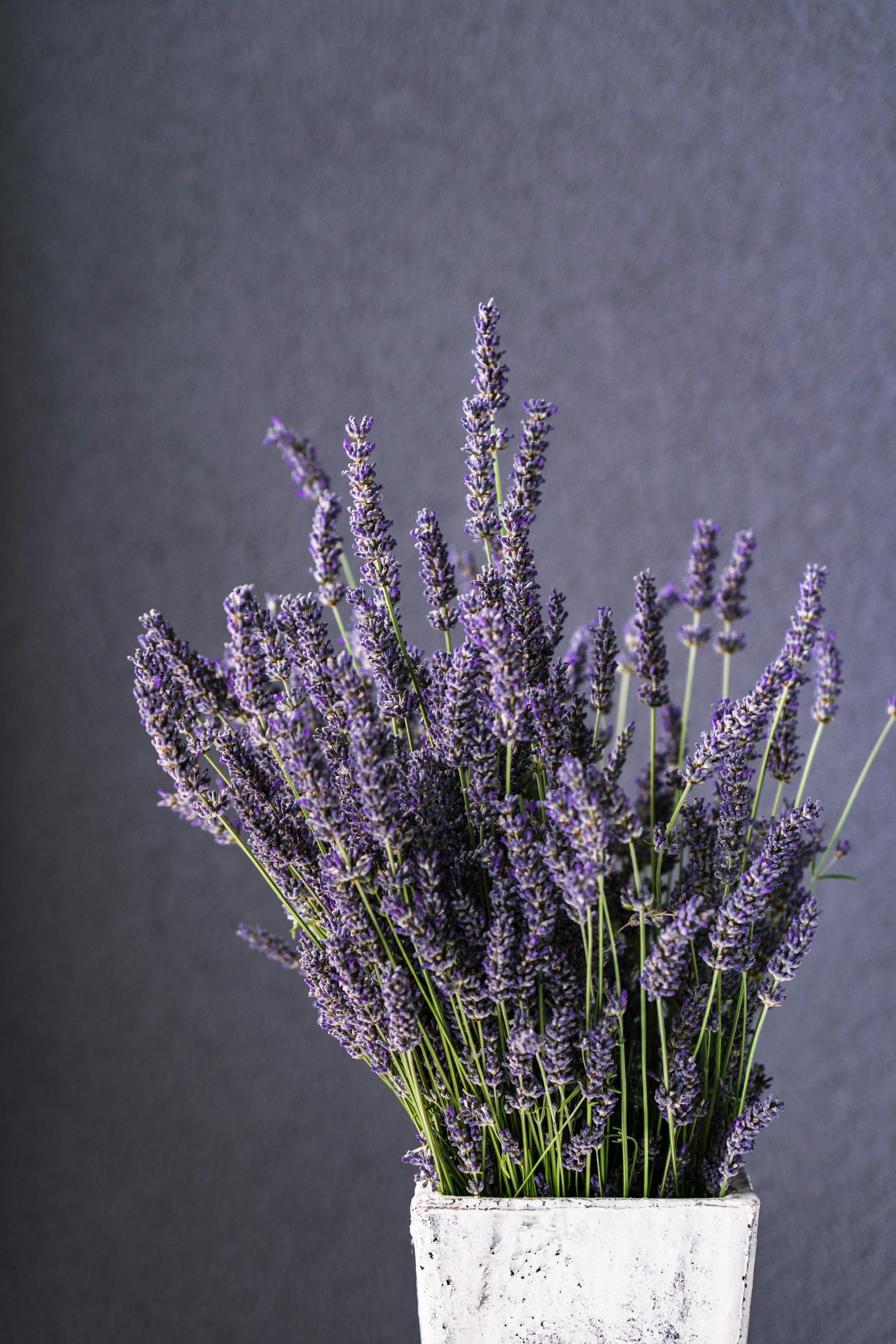
🌿 Why It’s Perfect for Neglect
- Thrives in dry, poor soil.
- Requires little water once established.
- Repels pests and attracts pollinators.
Lavender is a fantastic flower that thrives on neglect. Not only does it look stunning, but it also has a calming fragrance.
Care Tip: Plant in well-drained soil and avoid overwatering.
7. Yucca (Yucca spp.):
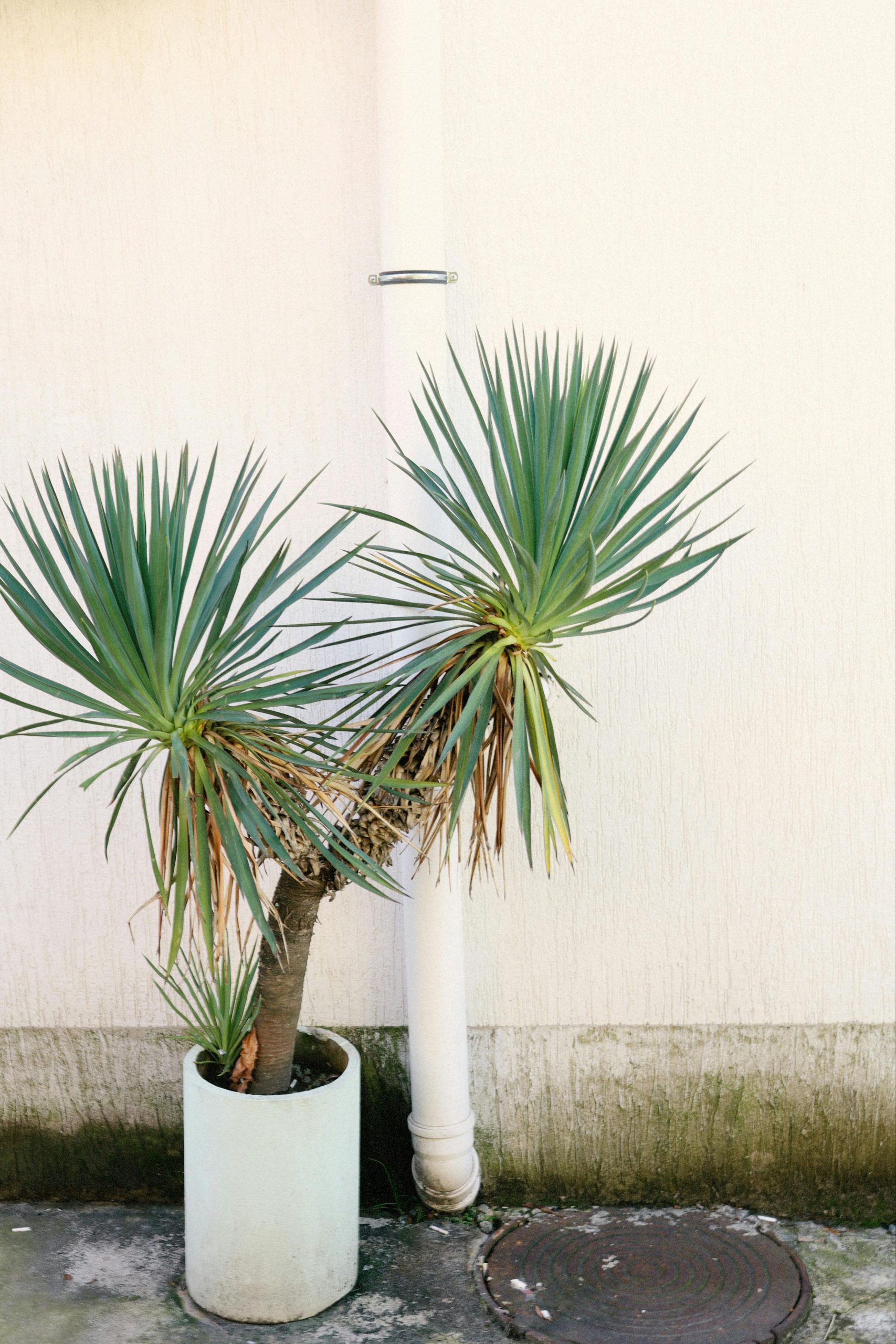
🌿 Why It’s Perfect for Neglect
- Thrives in dry conditions.
- Almost never needs watering.
- Resistant to pests and diseases.
Yucca plants are thrive on neglect plants that love sunlight and dry environments. If you need a tough, architectural plant for your garden, this is it.
Care Tip: Plant in sandy or rocky soil and let nature take care of the rest.
8. Sedum (Sedum spp.):

🌿 Why It’s Perfect for Neglect
- Requires almost no watering.
- Can grow in rocky, poor soil.
- Survives extreme weather.
Sedums are the definition of outdoor plants that thrive on neglect. They store water in their leaves, so they can handle long dry spells.
Care Tip: Plant in full sun for the best growth.
9. Aloe Vera (Aloe barbadensis):
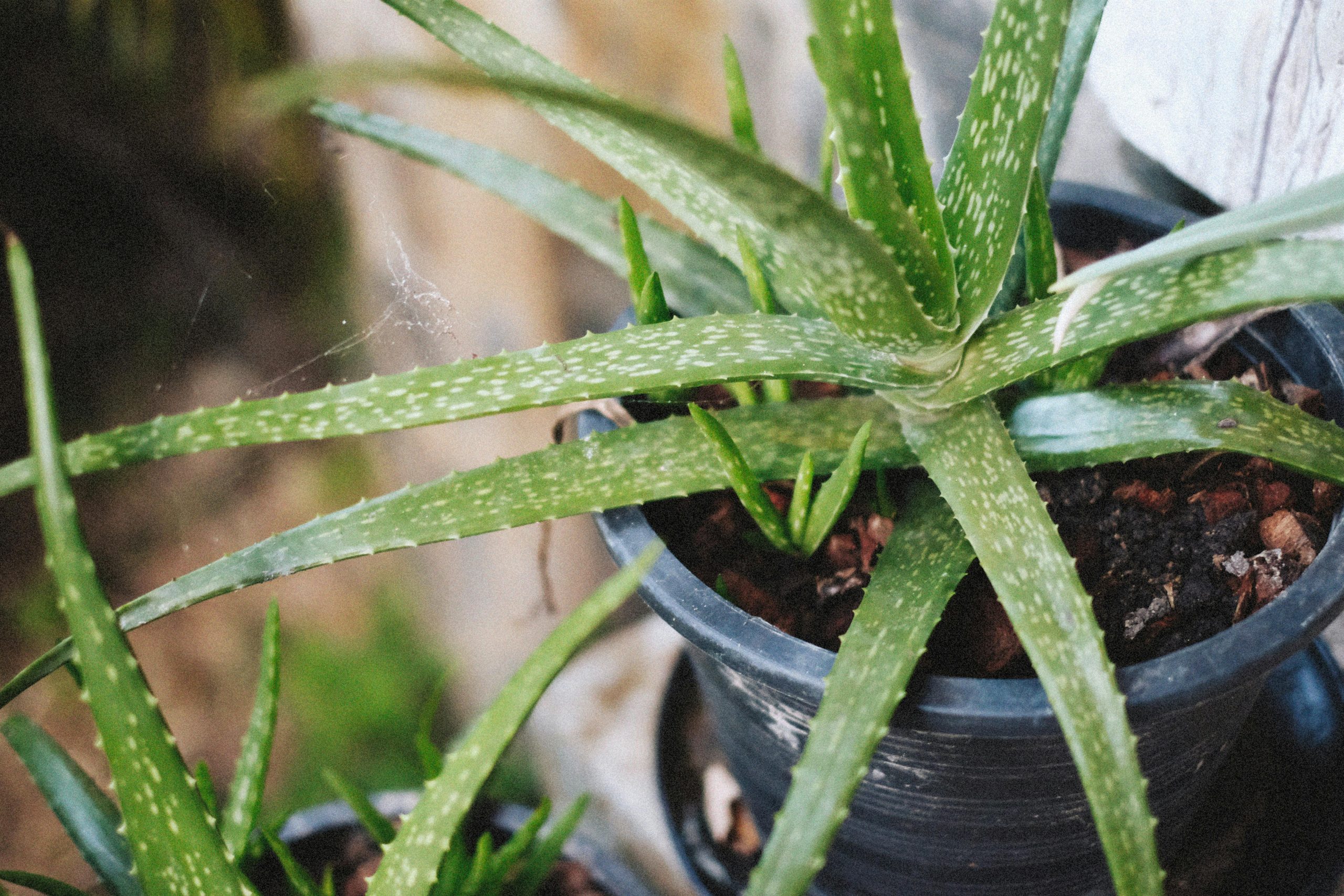
Aloe Vera is one of the most famous plants that thrive on neglect, and for a good reason. This succulent is incredibly hardy, needing little water and almost no attention to thrive.
🌿 Why It’s Perfect for Neglect
- Low Water Needs: Aloe Vera stores water in its thick leaves, meaning it can go weeks without watering. Overwatering is actually the biggest threat to this plant.
- Thrives in Poor Soil: Unlike many other plants, Aloe Vera doesn’t need nutrient-rich soil. A sandy, well-draining mix works best.
- Tolerates Bright, Indirect Light: While Aloe Vera loves the sun, it can also tolerate indirect light, making it one of the best indoor plants that thrive on neglect.
- Medicinal Benefits: Besides being easy to care for, Aloe Vera has natural healing properties. The gel inside its leaves can be used for burns, skin irritation, and even as a natural moisturizer.
Care Tips for Aloe Vera:
- Water: Once every 2–3 weeks in summer, even less in winter.
- Light: Prefers bright, indirect sunlight but can tolerate some direct sun.
- Soil: Use a well-draining succulent mix.
Bonus Tip: If the leaves start turning brown or mushy, you’re overwatering!
How to Care for Low-Maintenance Plants (With Minimal Effort)
Caring for plants that don’t require a lot of attention is incredibly simple, but there are a few key tips to ensure they continue to thrive.
Basic Care Tips for Thriving Plants with Minimal Effort
- Water Deeply, But Infrequently: Many plants that thrive in neglect prefer deep but rare watering. Succulents, perennials, and drought-tolerant species thrive when their roots are encouraged to seek moisture deep in the soil.
- Use the Right Soil: Well-draining soil is key for most plants that require little to no attention. Heavy clay or waterlogged soil can lead to root rot.
- Match Plants to the Right Light Conditions: While some houseplants that thrive on neglect can tolerate low light, others (like Aloe Vera) still need indirect sunlight to stay healthy.
- Minimal Fertilizing: Many plants that do not need attention don’t require frequent feeding. Over-fertilizing can actually harm plants like succulents and Russian Sage.
Common Mistakes to Avoid When Growing Neglect-Tolerant Plants
- Overwatering: This is the #1 killer of most house plants that thrive on neglect. If in doubt, skip a watering session.
- Using Poor Drainage Pots: If water collects at the bottom, roots will rot. Always choose pots with drainage holes.
- Ignoring Light Requirements: Some indoor plants that thrive on neglect can tolerate low light, but others (like Aloe Vera) need bright, indirect sunlight to stay healthy.
- Planting in the Wrong Soil: Succulents, for example, need sandy, well-draining soil. Using regular garden soil can suffocate their roots.
Why Choose Plants That Require Little to No Attention?
If you’re still wondering why plants that thrive in neglect are a great choice, let’s break it down.
Whether you’re constantly traveling, have a busy schedule, or simply lack a green thumb, these plants offer major benefits.
1. They Improve Air Quality with Minimal Work
Many indoor plants that thrive on neglect, like the Snake Plant and ZZ Plant, are excellent natural air purifiers.
According to NASA’s Clean Air Study, plants like these remove toxins such as formaldehyde and benzene from the air. That means cleaner, fresher air without any extra effort on your part.
2. They Reduce Stress and Boost Mental Well-Being
Research shows that being around greenery reduces stress and improves mental health.
Even just having a few houseplants that thrive on neglect in your space can create a calming environment, making your home feel more peaceful.
3. They’re Perfect for Travelers and Busy People
If you’re someone who’s always on the go, the last thing you want is a plant that needs constant watering and care.
Plants that do not need attention, like succulents, pothos, or Russian Sage, can go weeks without water and still look great.
4. They’re Beginner-Friendly
Not everyone is born with a green thumb. Plants that require little to no attention are perfect for beginners because they’re nearly impossible to kill.
Even if you forget about them for a while, they’ll keep growing happily.
Bottom Line
If you’ve ever struggled to keep plants alive, it’s time to embrace the world of plants that thrive on neglect.
Whether you want outdoor plants that thrive on neglect for your garden or houseplants that thrive on neglect for your home, there are plenty of stunning, low-maintenance options to choose from.
So, if you’ve been hesitant about getting into gardening, start with these plants that do not require attention. You’ll enjoy all the benefits of greenery with none of the stress!
